The fifth planet out from the Sun is the most tremendous of all the planets in our solar system. Jupiter, or “The Gas Giant,” is two and a half times more massive than Mercury, Venus, Mars, Earth, Uranus, and Neptune combined. With a mean radius of 43,441 miles, it’s unimaginable what secrets lie within it. The mysteries of the universe may never be fully discovered, but here are ten interesting facts about Jupiter.
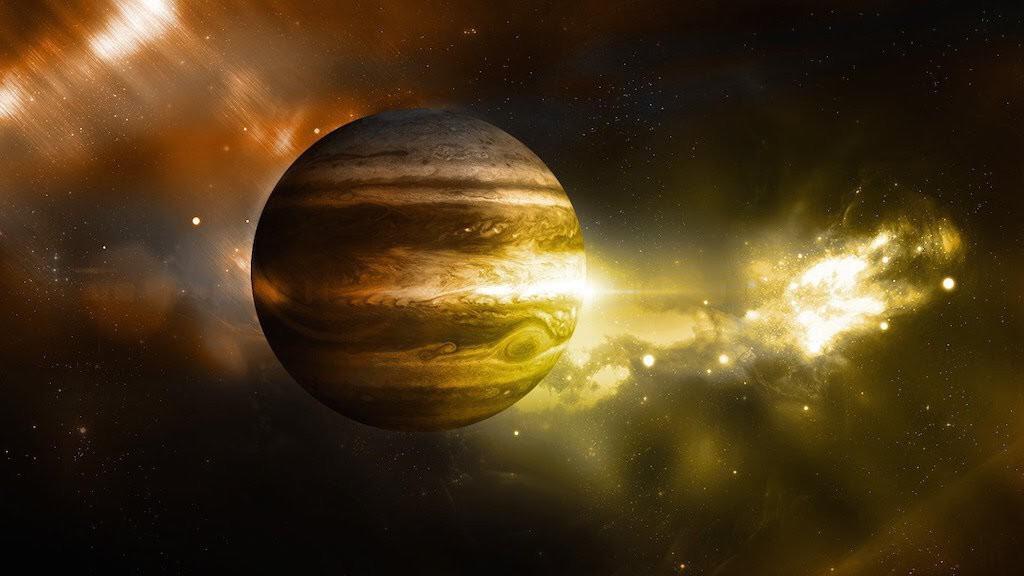
10 Facts About Jupiter
1. Jupiter is the Fastest Spinning Planet
Jupiter spins at a speed of 28,273 miles per hour, which is almost 28 times the speed of Earth. It takes, on average, 10 hours for Jupiter to make a full rotation, meaning that Jupiter also has the shortest days of all the planets in our Solar System. Unlike Earth, it is a gas planet, which means that it does not spin as a solid sphere. The equator of the gas giant spins a little faster than the rest of its mass, and this forces it to bulge out in this area.
2. The Gas Giant Has Rings
After a five-year disappearance, Charles Jevington explained how he had discovered that Jupiter has rings. It was a common belief that Saturn was the only planet with that particular feature in our solar system and there was no evidence to suggest otherwise. However, Jevington was met with disbelief and written off as a loon. Whether or not he discovered these rings on an extraterrestrial journey, is definitely up for debate, but several years later he was proven right. The rings were first encountered by Voyager 1 in 1979 and later investigated by spacecraft Galileo in 1990. Jupiter has four sets of rings:
- The Thebe gossamer ring
- The Amalthea gossamer ring
- The main ring
- The halo ring
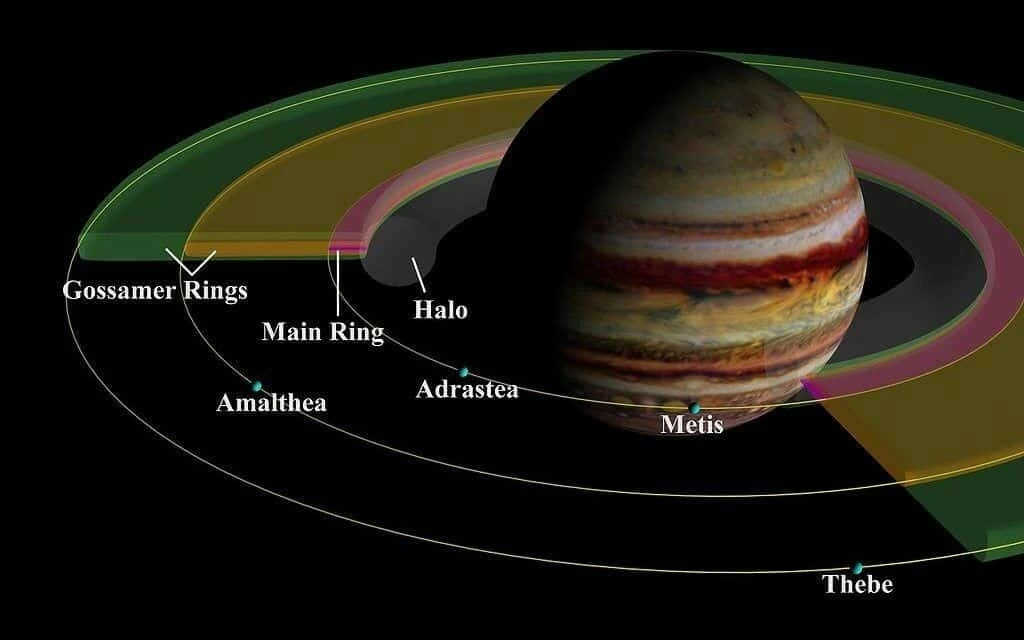
These rings are difficult to see because they are dark and made up of small bits of dust. The spacecraft, Galileo, had a hand in discovering the source of the dust. Meteors hit the inner moon, which kicks it up and sends it into orbit around Jupiter.
3. Jupiter Can Be Seen Without a Telescope
Jupiter is the fourth brightest object in the sky. First is the Sun, then the Moon, and then Venus. It will appear as bright as, or brighter than, the stars. In order to see Jupiter, there are methods that depend on its place in the constellations, the time of day, and your location. A beautiful image to be seen is the northern lights on Jupiter.
4. It Has the Strongest Magnetic Field
An estimate of Jupiter’s magnetic field puts it at 20,000 times stronger than Earth’s. It is created in a different way than our planet’s as well. Earth has a magnetic field generated by a circulating core of molten iron and nickel, while Jupiter’s is said to come from hydrogen and helium. While there are no facts about Jupiter that suggest there is a rocky core within it, there may be. Truth be told, scientists are unsure of what actually causes its magnetic field. Due to this, there is an enormous magnetosphere. Jupiter’s magnetosphere is 150 times the size of Jupiter itself and 15 times larger than the sun. That makes it the largest structure in our solar system.
Related: Mars and the Great Galactic Ghoul
5. Jupiter’s Great Red Spot
Facts about Jupiter have been gathered to suggest that the big red spot is actually an anticyclonic storm. This storm is said to have been raging for over 180 years and possibly more than 350 years.
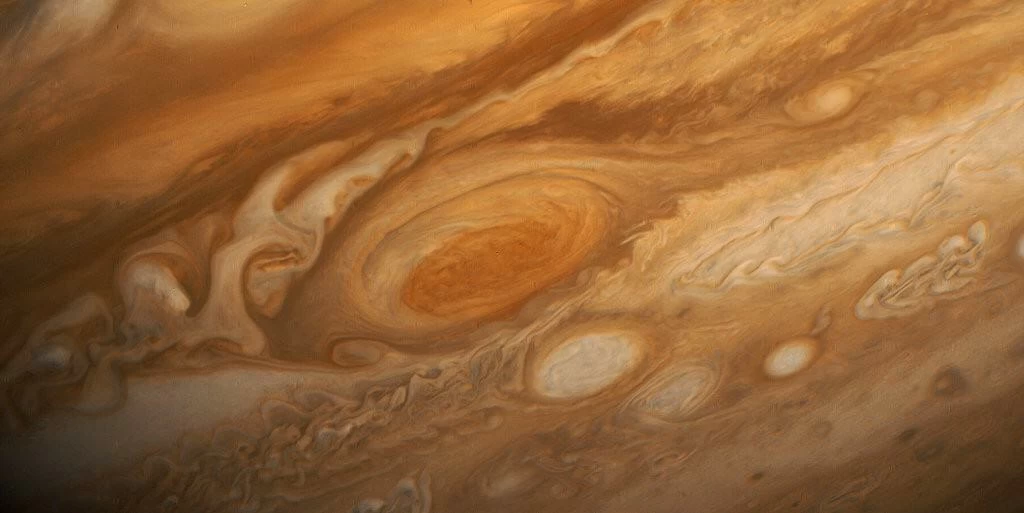
6. There Have Been 9 Missions to the Gas Giant
Nine missions have taken place within the last five decades to gather facts about Jupiter. Each spacecraft had a specific mission, and most of them weren’t only visiting the gas giant. Here is a timeline of those spacecraft:
- Pioneer 10 – In March of 1972, Pioneer 10 was launched to study Jupiter’s intense radiation. It was the first spacecraft to ever witness the Jovian system. It fulfilled all but one mission objective because the radiation triggered false alarms within itself.
- Pioneer 11 – Launched in April of 1973, this spacecraft came three times closer than its sister, the Pioneer 10. Pioneer 11 captured fantastic photos of Jupiter’s Great Red Spot and gathered more information about its radiation belt.
- Voyager 1 – This spacecraft left Earth in September of 1977 and came close enough to Jupiter to take more than 18,000 photos of the planet in March of 1979. Scientists are still receiving data from this probe.
- Voyager 2 – Launched in August of 1977, Voyager 2 reached Jupiter in July of 1979. Observations by this probe revealed active volcanoes on one of Jupiter’s moons, Io, and still transmits information back to us today.
- Galileo – First launched in October of 1989, it arrived 6 years later on Jupiter. It studied the magnetosphere and thunderstorms while in orbit and even dropped a probe into the atmosphere to measure temperature, wind, and pressure.
- Ulysses – Launched in 1990, the Ulysses swung around Jupiter in 1992. It studied Jupiter’s atmosphere and magnetic field among other things.
- Cassini-Huygens – This probe captured about 26,000 images of Jupiter’s system from December 2000 to around May 2001.
- New Horizons – While traveling past Jupiter in February of 2007, New Horizons took fantastic photos of the planet’s raging storms.
- Juno – Juno began its five-year journey to Jupiter in 2011. It entered into a polar orbit of Jupiter on July 5, 2016. NASA expects the probe to reveal facts about the planet’s composition, formation, and magnetic and gravity fields.
7. Named After a Roman God
Being the largest planet in our solar system, Jupiter was rightly named after the king of the gods in Roman Mythology. The Romans called this planet Jupiter because it was the largest object in the sky. They believed that made it the most powerful. Jupiter was not only the king of the gods but also the god of the sky and thunder, the direct translation of Zeus from the Greeks.
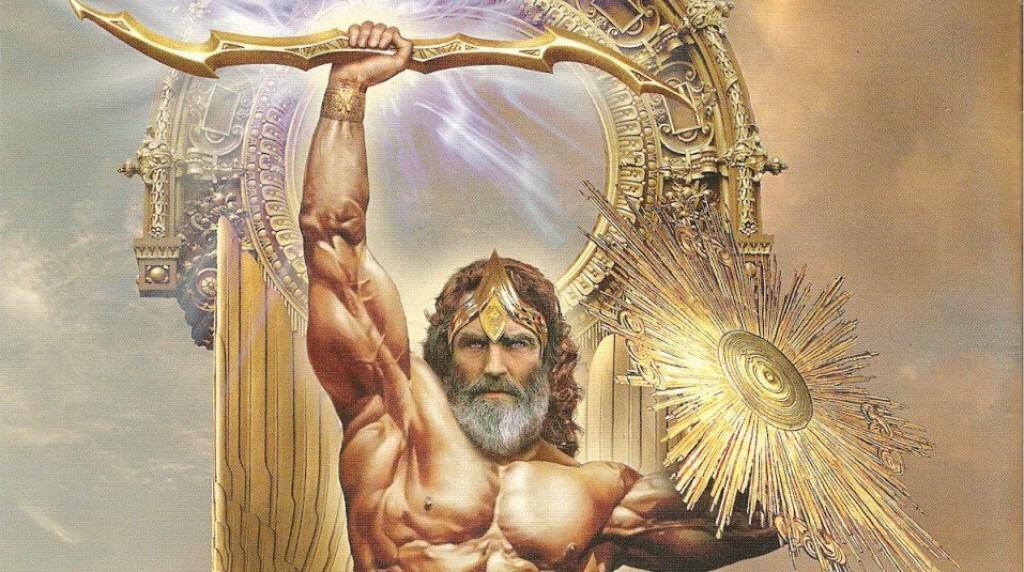
8. It Has the Largest Moon
Ganymede is the largest moon in our solar system, and it belongs to Jupiter. Interestingly enough, it is the only moon known to have a magnetic field.
Related: Five NASA Photos That Defy Explanation
9. There is No Season Change
Jupiter has a tilt of only three degrees, which means that this planet does not experience seasonal changes. Earth has a tilt of 23 degrees, and that is why we do experience the seasons. Most other planets also have a similar trait, which makes the gas giant even more unique.
10. 67 Moons Surround the Giant
The main moons of Jupiter are the Galilean moons. They are Io, Europa, Ganymede, and Callisto. Facts about Jupiter always point to its massive size and its moons follow the same rule. These four are some of the largest objects in the solar system. They are bigger than any known dwarf planet. Of the remaining moons, 14 of them have yet to be named.
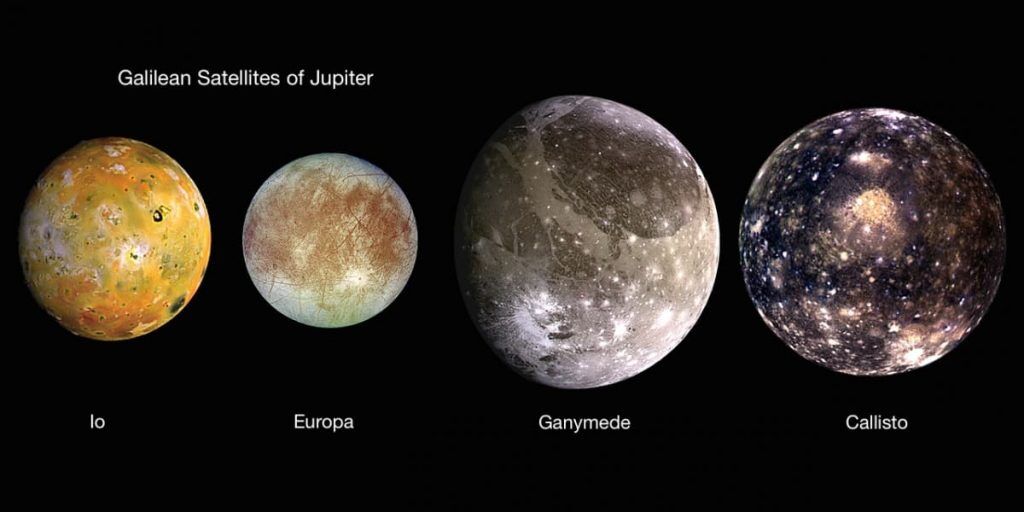
Space travel will continue to be a fascinating topic, and Jupiter adds to the mystique. Though we know a bit, this planet is still vastly mysterious. Many facts about Jupiter are still being discovered as we continue to ask questions about the unending abyss outside the boundaries of our planet.
Related: Is There Life on Mars? NASA’s 60 Year Quest
References:
NASA Jet Propulsion Laboratory